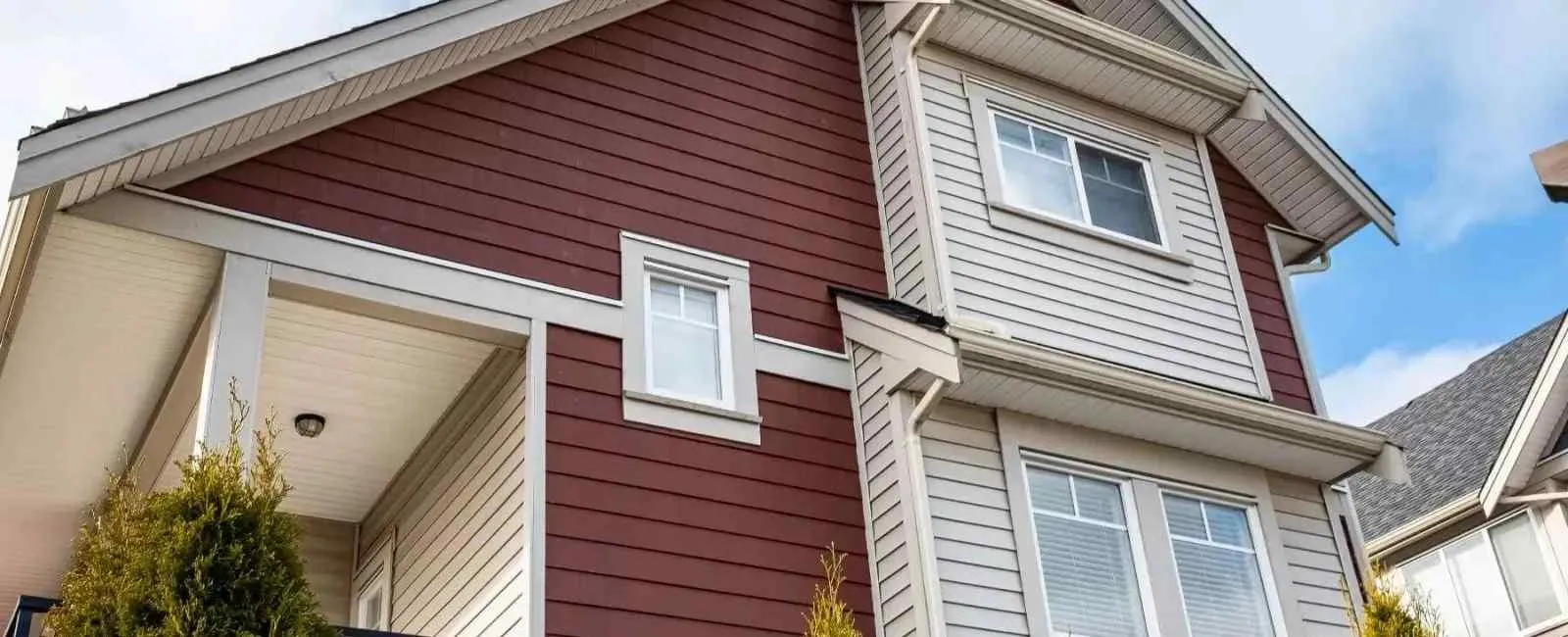Homeowners love delving into the sea of options regarding house siding colors. But not all colors are worthy of your siding. That's because siding color selection depends on several things. Unlike choosing a bedsheet of your liking, picking the right siding color can be intimidating.

Before picking visually pleasing colors, you should consider a few key factors. These factors will help you choose a color that matches your home style, the surrounding landscape, and the neighborhood.
We're not here to make the decision tougher. Here's a guide below to walk you through choosing siding colors in easy steps! Let's dive in to discover the colors best for your dream house!
Consider Your House's Architecture
Selecting a siding color that matches your home's style of architecture. Here are our recommendations for the most common house styles:
Craftsman : Earthy siding shades such as tan or sage often looks great on craftsmen-style homes, which usually focus on natural elements.
Colonial : A light-colored siding complements the dark accents of traditional colonial homes. Such colors range from white to beige to blue to red.
Victorian : Playful and charming colors like bold purples or blues look phenomenal on Victorian-inspired houses.
Mediterranean : Warm palettes like terracotta orange goes perfectly with Mediterranean homes.
Farmhouse: The neutral color palette of whites, ivories, and light grays ideally complements the beauty of farmhouse-style houses.
Contemporary : Typically, modern contemporary looks great with a natural color palette.
Follow Your Neighborhood's Style
In a tightly-packed neighborhood, you could choose colors to stay in harmony with surrounding houses. Identify the nearest homes with similar styles and try to find out what colors they've been using. You should respect your neighbor's house colors and match the siding colors with the theme of the neighborhood.
When your house is in a newer neighborhood, it's easy to define the theme and choose a color scheme that matches the neighborhood's theme.
Know Color Theory Rules
Study the basics of color theory before choosing your siding shade. Warm vs. cool colors are one of the most important ideas in color theory. The color wheel has two sections separating into two different color types, warm and cool colors.
For example, orange, yellow, and red are warm colors, and green, blue, and purple are cool colors in a rainbow. So the rule of thumb is to select either cool or warm colors for a specific part of the siding. However, you can take help from siding color experts to find a range of colors that combines warm and cool shades. That's because warm and cool tones are perfectly balanced in a well-balanced color palette.
Choose Siding & Trim Colors
For a main siding color, make sure you select a shade that's ideal for your location. Collect sample colors from experts and identify which one looks good in full sunlight.
When selecting colors for secondary siding, include warm and cool tone shades. Suppose contrasting a cool-toned main siding with warm-toned secondary siding as an example.
Next up is the trim and accent. You could go for classic white trim, which stands out with any color palette. Consider a bold trim color for siding that is more neutral and subdued.
Assess Your Landscaping Style
When choosing the siding color, don't overlook the surrounding landscape of your home. This is more important when you're updating your existing siding colors. Consider factors such as your landscaping and hardscaping style before selecting a new color for the siding.
Here are the important factors you should consider:
Select color palettes that match your most prominent landscape materials and yard colors.
Go for more organic color combinations for a lush landscape full of green trees and shrubs.
For a subdued and stark landscape, we recommend selecting a striking combination.
If your garden has flowers or elements of bright colors, try to balance it out with muted or neutral sidings.
Consider creating a bold exterior if your landscape has a few flowers or smaller, earthy shrubs.
Match Your Roof's Color
You must coordinate the siding color with your roof's color when upgrading your existing siding. Once you select a color scheme, identify the best shades that work great with your roof's materials and colors.
Choose a contrasting color when you have a darker roof. For example, pairing up a charcoal roof with white siding. However, if you wish to keep a monochromatic look, go for colors that are in low contrast to your roof color. For instance, having a charcoal color siding with a black roof.
Let SuperiorPro Find the Right Color for Your Siding
Need professional help selecting your home's siding colors? Let one of our experts walk you through the entire home improvement project. We offer:
James Hardie siding colors
Premium exterior paint colors
Contact SuperiorPro for a free quote and discover the full scope of our offerings.

